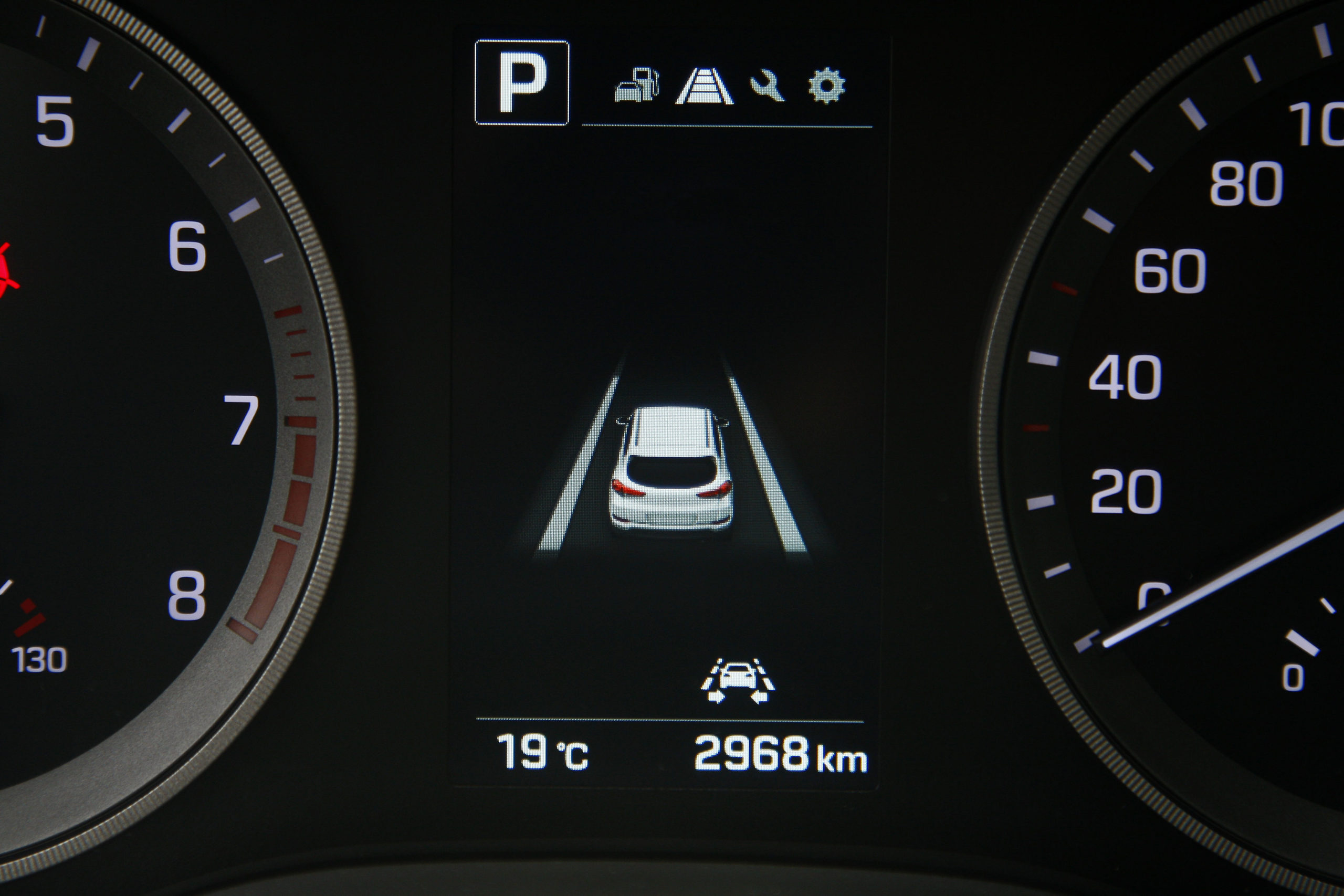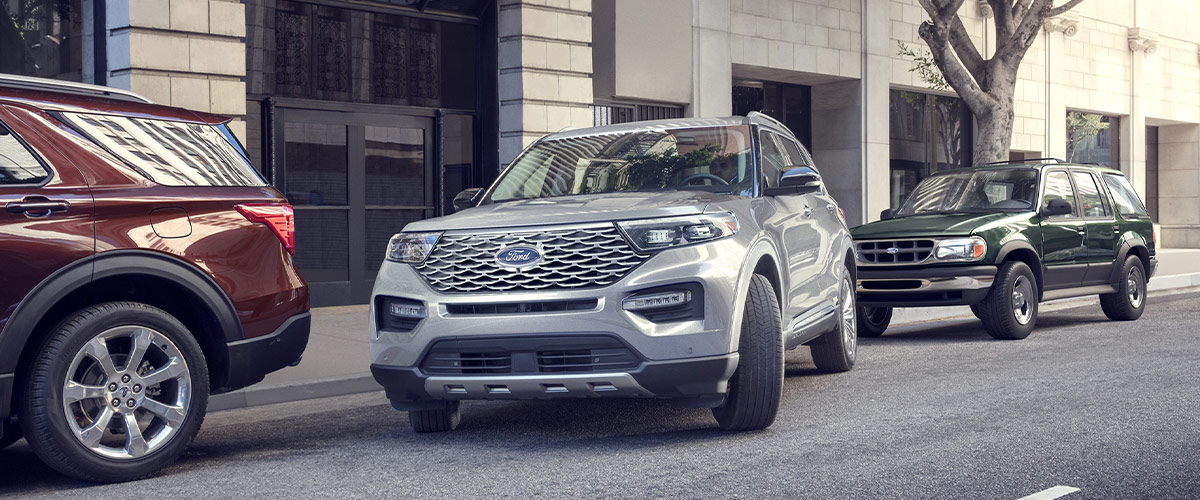Automatic Emergency Braking (AEB)-A must for your teen driver
In Rookie Rides current version there are twenty-six safety features to choose from. Some of those safety features are more vital than others when creating your shopping list for your teen driver’s first car. In our opinion, Automatic Emergency Braking is one of the must-have safety features, and the Insurance Institute For Highway Safety (IIHS) agrees with us. In their teen driver study published in September 2021, Automatic Emergency Braking is one of the four technologies that could lead to a 78% reduction in fatalities, 47% reduction in Teen driver injuries, and 41% of teen driver accidents. This simple change in decision-making can swing the math in your favor.
From my experience
I can tell you from experience with my own children, automatic emergency braking would have prevented or mitigated the two collisions my son got into and would have prevented us from dealing with the hassles of a total loss accident (and the hit to my insurance).
One of the most important things you can do as a parent is to ensure your teen driver is safe on the road. With so many risks out there, it’s important to take every precaution possible. That’s why you might be wondering if your teen needs a car with Automatic Emergency Braking (AEB). Let’s take a look at what AEB is and how it can help keep your teen driver safe.
What is AEB?
Automatic Emergency Braking is a safety feature that uses sensors in the front of the car (or rear if it is rear AEB), engine speed sensors, and wheel speed sensors to detect when a collision is imminent. If the system detects an impending crash, the brakes are automatically applied in an effort to avoid or reduce the impact of the collision. This can be extremely helpful in preventing accidents, especially rear-end collisions.
Studies conducted in Europe and the U.S. consistently demonstrate that AEB is one of the most effective collision-avoidance technologies available. What’s more, research shows that AEB can significantly reduce the number of police-reported frontal crashes per million registered vehicle years by up to 39%.
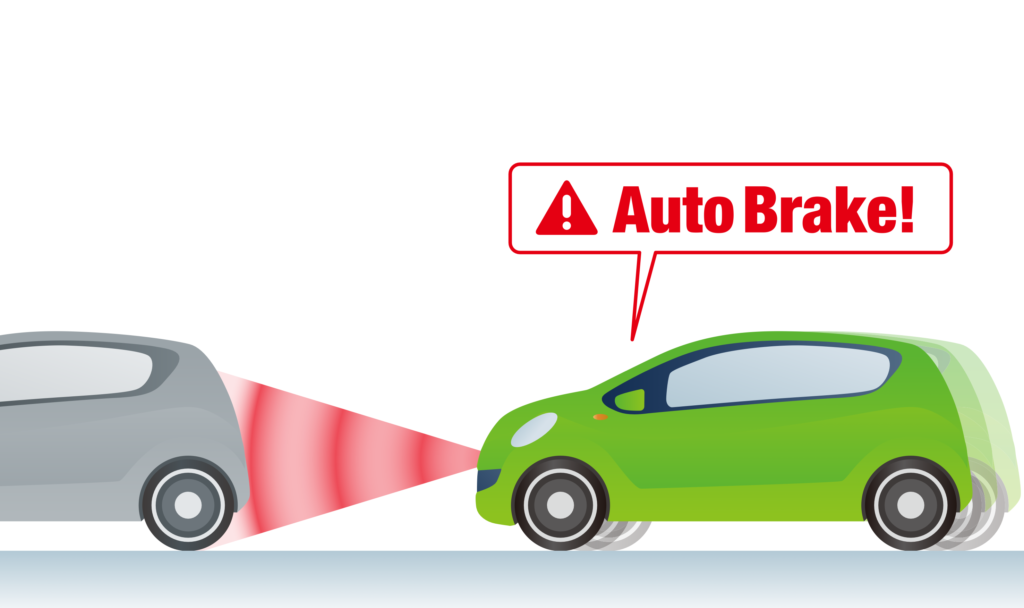
Since there have been several generations of AEB technology, it is important to determine what, if any system, your new or used vehicle may have onboard. Here are examples of various features of the different AEB systems:
- Low-speed Automatic Emergency Braking. Some AEB systems only operate at lower speeds. They are for city driving, such as heavy traffic, and parking areas.
- Full-speed Automatic Emergency Brakingmost AEB systems now work at low and higher speeds in suburban boulevards, highways, and freeways. Improvements in sensing technology allow vehicle systems to monitor farther down the road for a possible collision event. For some high-speed situations, it can only reduce the impact, not prevent it altogether.
- Reverse Automatic Braking can stop your vehicle suddenly if another is approaching as you back out of either your driveway or a parking spot. It can also warn you of objects and stop your vehicle before you back into them.
Why is AEB important for teen drivers?
According to the Centers for Disease Control and Prevention (CDC), “Motor vehicle crashes are the leading cause of death for U.S. teens.” Any steps we can take to help reduce the number of crashes teens are involved in are vitally important. That’s where AEB comes in. US auto manufacturers believe so much in the life-saving promise of auto brake technology that in 2016, automakers representing 99% of U.S. light-vehicle sales made a commitment to car-safety regulators and the Insurance Institute for Highway Safety that Automatic Emergency Braking would be standard on their passenger vehicles by 2022. This was a completely voluntary movement and now here in 2022, I’m happy to report that they fulfilled their promise. What that means is Automatic Emergency Braking will be found in all 2022 passenger car models moving forward, but when using Rookie Rides for older vehicles, the availability can be hit or miss so make sure to select must-have if you want to find cars that have it.
According to collision repair technology company CCC, vehicles equipped with Automatic Emergency Breaking (AEB) have grown 74% since 2016 and made up 25% of claims for the calendar year 2020. Nearly three-fourths of all vehicles of curb weight 8500 pounds or less produced and sold in the U.S. between September 1, 2019, and August 31, 2020, included automatic emergency braking (AEB) and frontal crash warning (FCW). This was the fourth progress report from the twenty automakers that originally signed up for the Commitment to Advancing Automatic Emergency Braking and shows the automakers are close to reaching the 100 percent goal well before the target date of September 1, 2022.
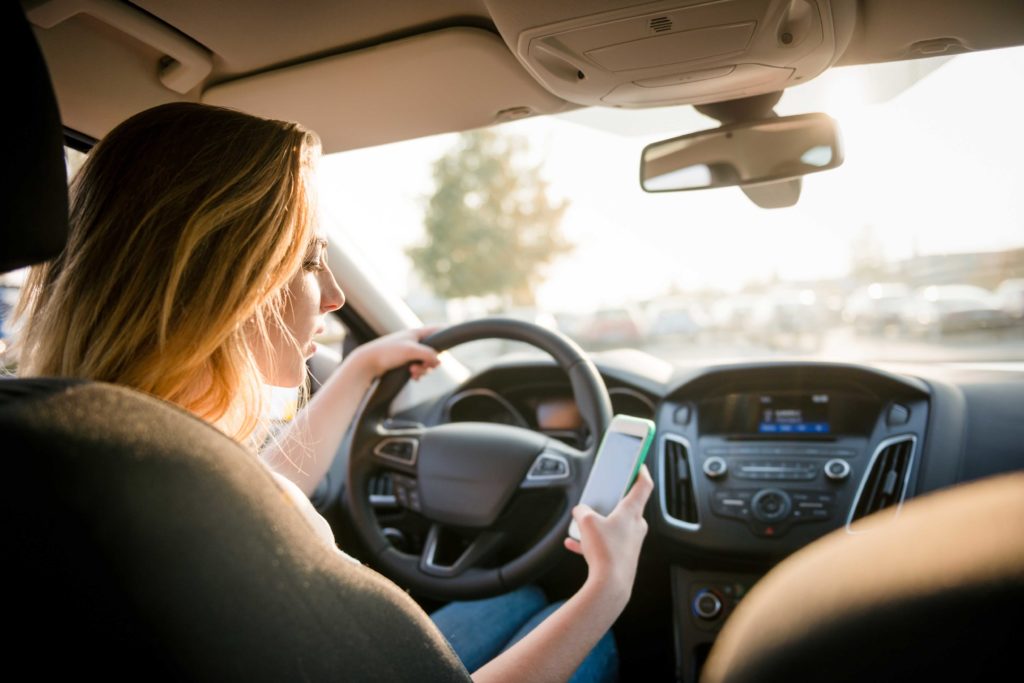
How effective is AEB?
AEB is extremely effective in preventing accidents. The Insurance Institute for Highway Safety (IIHS) reports that “cars and trucks with [AEB] had about 39% fewer police-reported frontal crashes per million registered vehicle years versus those without.” That’s a significant difference and one that could mean the difference between life and death for your teen driver—or someone else on the road.
Automatic Emergency Brake Limitations
I have spoken to parents who have tried out vehicles with early versions of Lane Keep Assist and Auto Emergency Braking who insist that they would never own a car with those technologies let alone buy a vehicle with it for their teen driver. Eventually, that won’t be an option for parents, but most of these systems can be turned off. I don’t recommend that. In fact, your vehicle might have an Automatic Emergency Braking system in it now and you might not realize it.
in 2018 AAA conducted an Advanced DriverAssistance System (ADAS) and found that at least two in three owners of vehicles with each type of ADAS technology reported that they trusted it. More than three in four reported that they found each respective technology useful. At least seven in 10 owners indicated they would want each respective technology on their next car and that they would recommend it to others.

Photo: AAA
“AEB is still in its infancy, technologically,” says Kelly Funkhouser, Consumer Report’s head of connected and automated vehicles. “It is definitely a proven safety feature that should come standard on all cars, but it doesn’t replace an attentive driver behind the wheel.” In a September 2022 article from Consumer reports about Automatic Emergency Braking, Funkhouser laid out
While technology is great, it always comes with some limitations. Here are some situations which falsely trigger the AEB system:
- If there are shadows across the road, they can fool the system into misidentifying them as obstacles to be avoided.
- Because of the angle distortion, cars parked on the road’s shoulder in the middle of a curve, appear to be in the direct path of your vehicle.
- Steep driveways, because of the camera and sensor placement may activate forward or reverse automatic braking
- Rain, fog, snow, or blowing debris may fool your AEB into engaging.
AAA tested four popular AEB-equipped vehicles, simulating common crash scenarios with a foam dummy car. Here are some of the findings they reported in their study:
• At 30 mph, the tested AEB systems prevented rear-end collisions with the dummy car in 17 out of 20 test runs. In the 30-mph test runs that resulted in a collision, AEB reduced impact speed by an average of 86 percent.
• At 40 mph, AEB prevented rear-end collisions in only 6 out of 20 test runs and reduced impact speed by an average of 62 percent.
• In a 30-mph perpendicular collision at an intersection, otherwise known as a T-bone crash, AEB didn’t prevent or lessen the impact of any crashes.
• AEB also didn’t prevent or lessen the impact of any crashes involving a left turn in front of an oncoming vehicle.
“We expected the systems to not perform well in intersections but were surprised that we didn’t receive a single alert from any of the vehicles in the intersection scenarios,” Greg Brannon, AAA’s director of automotive engineering and industry relations. “The capability and sensors are there but need to be tuned for these high-risk and complex situations.”
That’s important, because crashes at intersections are responsible for nearly 40 percent of traffic fatalities, according to AAA’s own analysis of crash data from the National Highway Traffic Safety Administration.
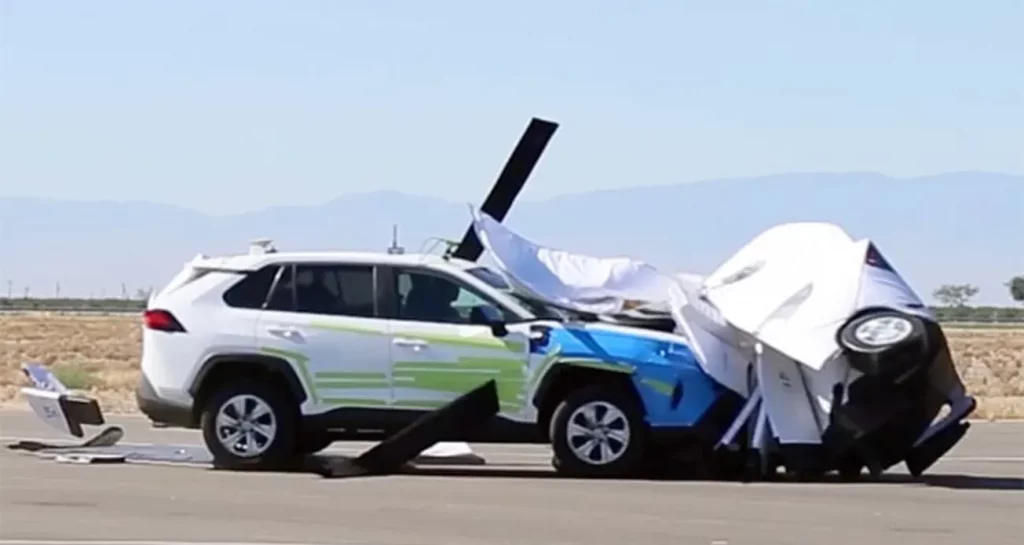
Photo: AAA
Conclusion:
As a parent, you want to do everything you can to keep your teen driver safe on the road. While not a perfect solution, Automatic Emergency Braking is a technology available to you as an option and one that we highly recommend that you add to your shopping list at Rookie Rides. For my daughter’s first car I and very concerned about her attention span while driving and want to do everything I can to help guard against accidents from not paying attention. Having a car with Automatic Emergency Braking will give me enough peace of mind to justify the added expense in her first vehicle.
Safe motoring!

 Back to Teach Me
Back to Teach Me





